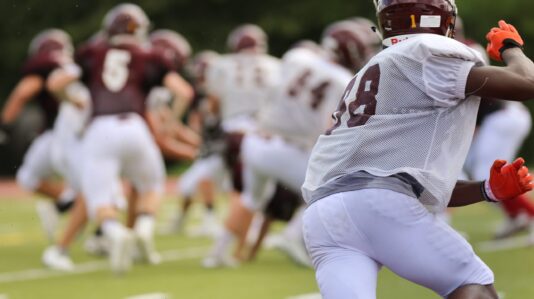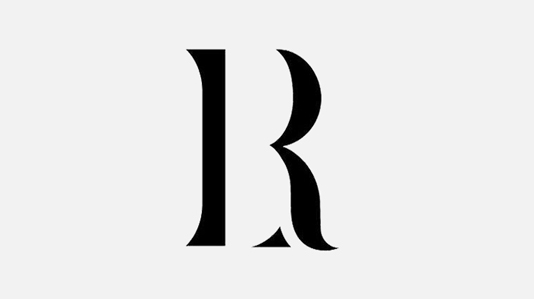
The debate surrounding compensating college athletes has been ongoing for decades. Until now, a court has not ruled on whether college athletes should be compensated for their service. The Ninth Circuit recently ruled that amateur compensation rules are commercial in nature and anticompetitive. Following the Ninth Circuit’s lead, California proposed a bill that may soon prevent the NCAA from denying payments to its players.
The millions of dollars being paid to coaches and $2,000 ticket prices for sold-out games stand in stark contrast to the zero annual dollars that players are paid
The NCAA recently made headlines when it reported that its revenue had topped $1 billion for the first time in its history, with nearly two thirds of that money coming solely from the men’s basketball tournament. While the NCAA only makes about $50 million in profit, the millions of dollars being paid to coaches and $2,000 ticket prices for sold-out games stand in stark contrast to the zero annual dollars that players are paid.
O’Bannon v. NCAA was the first major case to address the compensation issue. Current and former student-athletes challenged the NCAA’s bylaws that restricted players from licensing out their own name, image, and likeness. The court held that although the plaintiffs failed to sufficiently identify harm under a rule of reason analysis, agreements among colleges not to offer football or basketball recruits more than
National Collegiate Athletic Association Grant-In-Aid Cap Antitrust Litigation was the most recent case to take on the NCAA’s claim of amateurism for student athletes. A group of nearly 40,000 current and former student-athletes sued the NCAA for their rule that compensation is capped at the value of the student’s education. The NCAA asserted that allowing players to be paid anything other than scholarship money would erode their status as amateurs. However, the NCAA’s own statistics indicated that only 30% of college sports viewers watch because of “amateurism.” On March 12, 2019, in what can be considered a small win for student-athletes, the Ninth Circuit held that NCAA rules capping compensation at cost of attendance violates federal antitrust laws. Judge Claudia Wilken issued an injunction that forbids the NCAA from restricting compensation or benefits that are related to education. While this ruling is a step in the right direction, the opinion still justifies the NCAA’s argument that amateurism is procompetitive and allowing payment to student-athletes risks diminishing the popularity of college sports.
The NCAA should give more consideration to the jarring fact that 86% of student-athletes live below the poverty line and allow them to be compensated for their efforts
Much like in NCAA Grant-In-Aid Cap Antitrust Litigation, the NCAA’s response to nearly every argument promoting pay is that paying student-athletes would send collegiate athletics into a tailspin and crush the entire industry. However, the NCAA has failed to produce any meaningful evidence to support that argument. In fact, the court in O’Bannon found the opposite, noting that players would be more likely to go to college and stay longer “if they knew they were earning some amount of name, image and likeness income while they were in school.” The NCAA should give more consideration to the jarring fact that 86% of student-athletes live below the poverty line and allow them to be compensated for their efforts.
In 2016, the average value of a Duke Basketball player was $1.3 million. In addition, in 2013, Texas A&M star football player Johnny Manziel brought the school an estimated $37 million in media exposure. However, the NCAA would not have allowed either player to receive any compensation for licensing his own image (whether in connection with their collegiate career or not). In practice and in purpose, the NCAA’s rules were created to maximize profits for the NCAA and its member schools rather than to protect student-athletes’ amateur statuses.
Members of the California legislature displayed their recognition of the NCAA’s cloak of amateurism by introducing the Fair Pay to Play Act. The Bill would allow student-athletes to be paid by private or commercial sources for the value of their name, image and likeness. It would also prevent any California public postsecondary organization from denying that right. Importantly, the Fair Pay to Play Act would prevent any such compensation from affecting a student-athlete’s scholarship eligibility. In addition, the bill addresses two major pitfalls in the NCAA’s long-standing amateurism argument. First, that allowing name, image and likeness compensation would not actually cost the NCAA, or the member schools, a single penny. Second, the bill addresses the unfortunate truth that the majority of student-athletes never turn professional and should be permitted to capitalize on the current value of their name, image and likeness.
The world of college sports seem to be weighing in favor of allowing student athletes to be properly compensated for the use of their own name, image and likeness. In the words of California Senator Steven Bradford, “this is more than a sports issue.” For decades, young athletes have generated billions of dollars for their colleges, universities, and corporate sponsors without properly being compensated. Student-athletes do not endure normal college lives and the time to change a fault in the history of sports has presented itself.
Contact an Attorney Today
The experienced attorneys at Romano Law are ready to help. Contact us at 212-865-9848 or complete this form to speak to a member of our team!
Photo by Braden Collum on Unsplash



